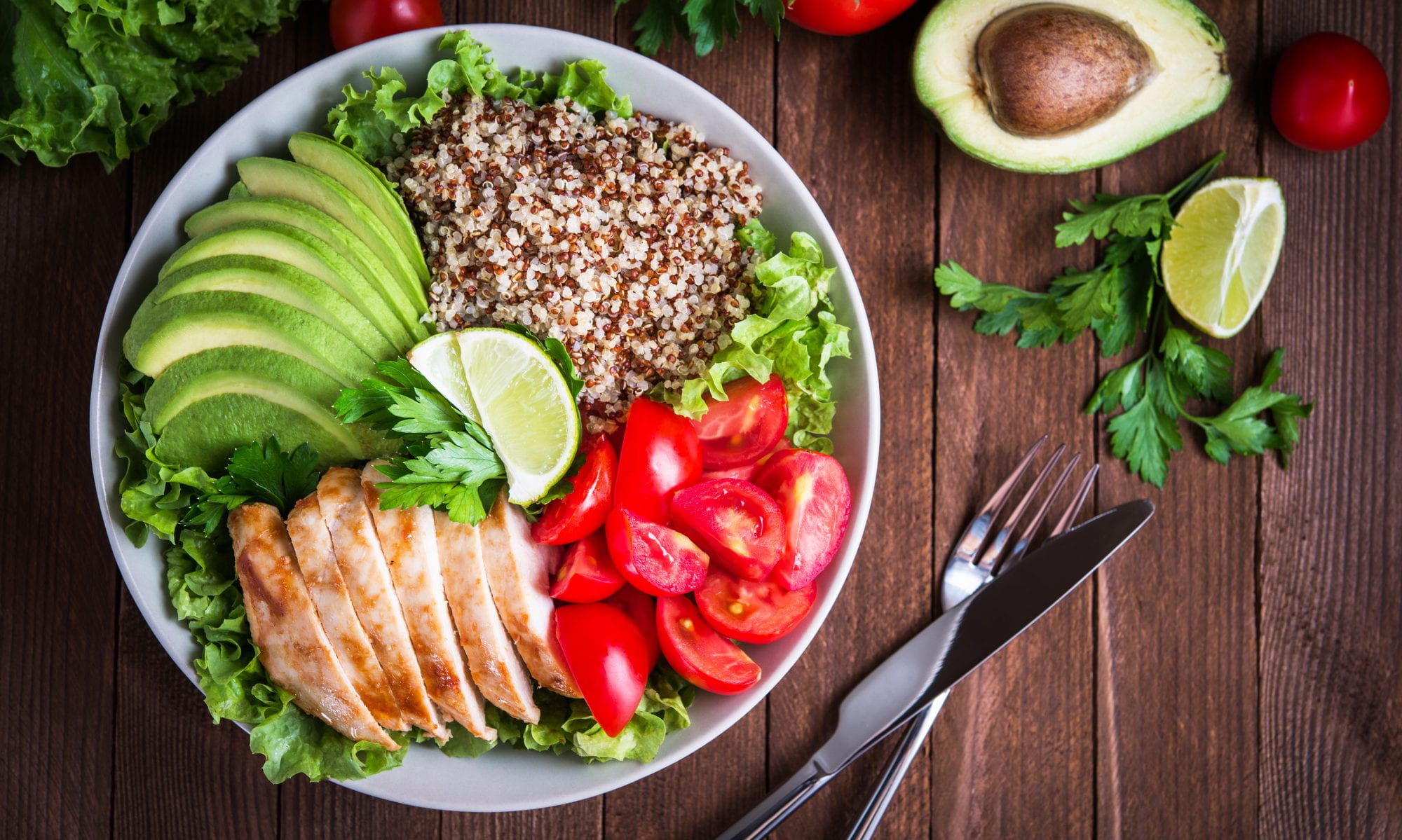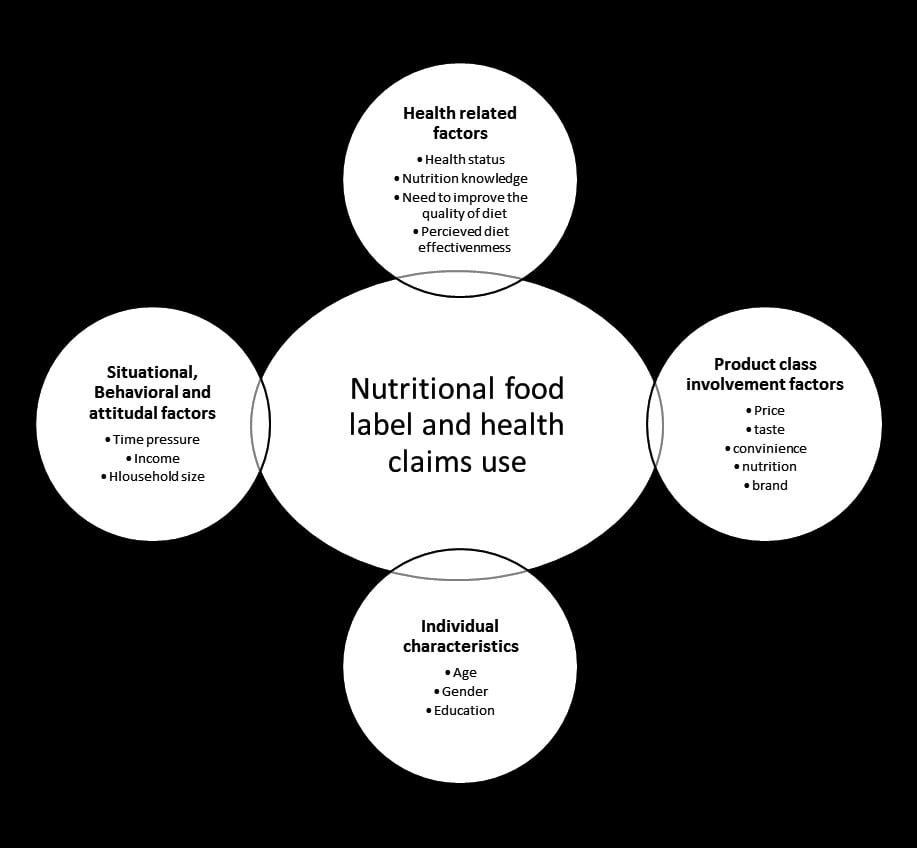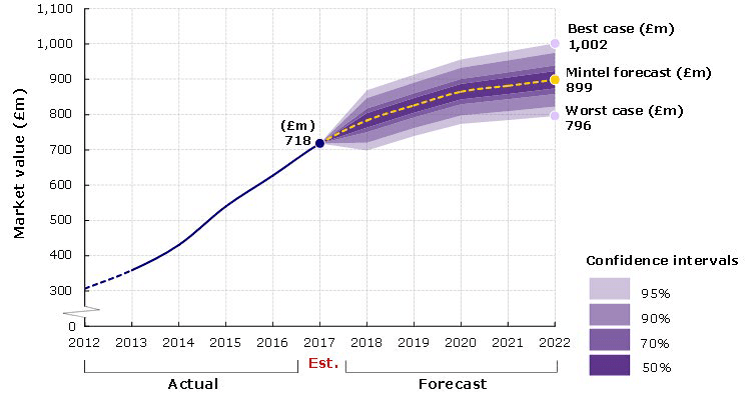The shelf life of products is more of a sprint at times but it can quickly change to a sprint with hurdles at any given point and a long term strategy is essential. The ability to go from steeple chase to hurdles to sprint is an asset to any food company in getting shelf life strategies for the business, the customer, the consumer and the regulator right. This is the balance we strive to get right at the National Centre for Food Manufacturing and have demonstrated large scale heating and cooling innovations in this space. However, there are smaller steps in understanding shelf life that can transform business practice and they are described here.
Consumers are concerned with the length of time a food product can be kept in the home before it can no longer be used safely. Conversely, a retailer is focused on the length of time a product can stay on the shelf in order to maximise product quality and availability of sale. This has resulted in the food industry finding ways of objectively determining exactly how long their food products can reasonably be expected to keep without any appreciable change in quality, safety and marketability. This has proven to be an uphill task as shelf life testing on each individual food product is an expensive process to carry out especially for small medium enterprises (SME’s) in the food sector that have limited resources. Experience has shown that many food start-ups always concentrate on determining their product shelf life without looking into operational processes, be it quality of their ingredients or food safety during preparation, Good Manufacturing Practices (GMP) and storage regimes. Furthermore, a sucessful shelf life test entails sensory, chemical, functional, microbiological and physical characteristics to be retained and are assessed with the ‘End of Shelf Life’ (ESOL) parameters’ (See reference).
It is a requirement under Good Manufacturing Practices (GMP) that a food manufacturer has their own in-house shelf life testing regime and capability. Tests carried out to determine and measure shelf-life of a product are required to be product specific and take into account the ESOL parameters. This is a major barriers to innovating new food products into the market especially for SME’s in the food manufacturing industry especially when expanding their product lines. That is, how will innovations change my shelf life capabilities?
Project shelf life data; to bridge this gap, most SME’s are able to make use of processes that can project product shelf life in response to operational changes. These measures include accelerated shelf life models and/or models that show how to meet required regulations, fit with the business strategy, adhere to food safety parameters and innovate at the same time. At present, accelerated shelf life models are used as an efficient way of establishing the shelf life of products. This is advantageous as trial periods for determination of shelf life are drastically shortened using these methods by deliberately escalating the rate of deterioration by increasing the storage temperatures. This model uses the ‘Rule of 10’ – known as ‘Q10‘ which is defined as the factor by which the rate of a reaction increases when temperature is raised by 10 degrees (oC). For example, if a food item has a stability of 20 weeks at 20 oC and 10 weeks at 30 oC the Q10 will be 20/10 or 2. This means that the rate of reaction being followed is doubled for the 10 oC temperature rise. Q10 value can be calculated using the data from tests where a product has been stored at two or more temperatures. It is generally used to establish shelf stability for products that have a long shelf life hence reducing costs of carrying out these tests in real time (See reference).
Can we predict shelf life? Of course yes! However the first step would be set up a shelf life study and identify the main degradation reactions which are expected to occur in the product at typical storage temperatures. This can then be measured and used as an index for quality loss. The food industry uses predictive models to determine product shelf life of products with respect to projections of bacterial growth under defined conditions that are used to calculate the approximate shelf life of a food product. Determination of water activity is an excellent example of such models models used to corroborate the shelf life of many a food product. This has led and encouraged food businesses to innovate and reformulate products easily. It is normally expressed as aw and is defined as the vapour pressure of water divided by that of pure water at the same temperature, this means pure water will have a water activity of exactly one. Most people confuse this with moisture content which is the total bound water in a product and is not the aw which refers to free water. A very good example would be honey, which is fluid in nature and can pour easily, hence it has a high moisture content. It has a long shelf life because the aw is very low (See Reference).
The two methods (accelerated and projection models) can be further tested and complimented with a challenge test which involves the storage of food products under selected conditions for a period of time that is longer than expected. Assessments under the direct method are normally done at pre-determined intervals to check on ESOL parameters. This method and model is suitable for short shelf life products because it is time bound and inexpensive as most of the tests are done in real time over a short period of time. A combination of the indirect and direct methods can be formulated to establish a broader database – business intelligence for food products- making shelf life determination accessible at a touch of a button. Computer based models which combine elements of microbiology, mathematics and statistics include ERH Calc TM, which is a cake expert system for the bakery industry, Seafood Predictor (SSP) and MicroFit just to name a few. Bear in mind that each and every food product has its own specific characteristic, hence in the longer term there is need to carry out a challenge test (See reference).
Technological advances in food safety, ingredient quality and marketability, the food industry is enhancing new ways of prolonging product shelf life. Concentration on improvements in pre and post-harvest technologies is augmenting food safety protocols in terms of improved storage of ingredients and investment in storage facilities and technologies that are assisting in prolonging shelf life of various food products. Some of this include the use of edible coatings and films in fruit and vegetables or use of 1-methylcyclopropene (1MCP) and /or Modified Atmosphere Packaging (MAP) technologies using sustainable inert gases in packaging of ingredients to extend shelf life in food products. Investment in product development, packaging and innovation has massively improved food product shelf life (See Reference).


